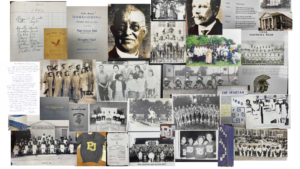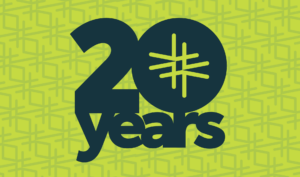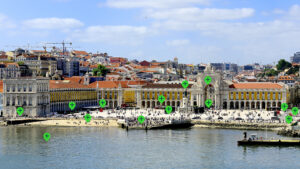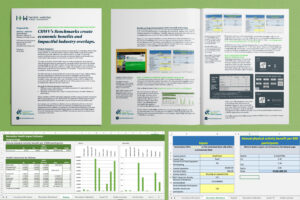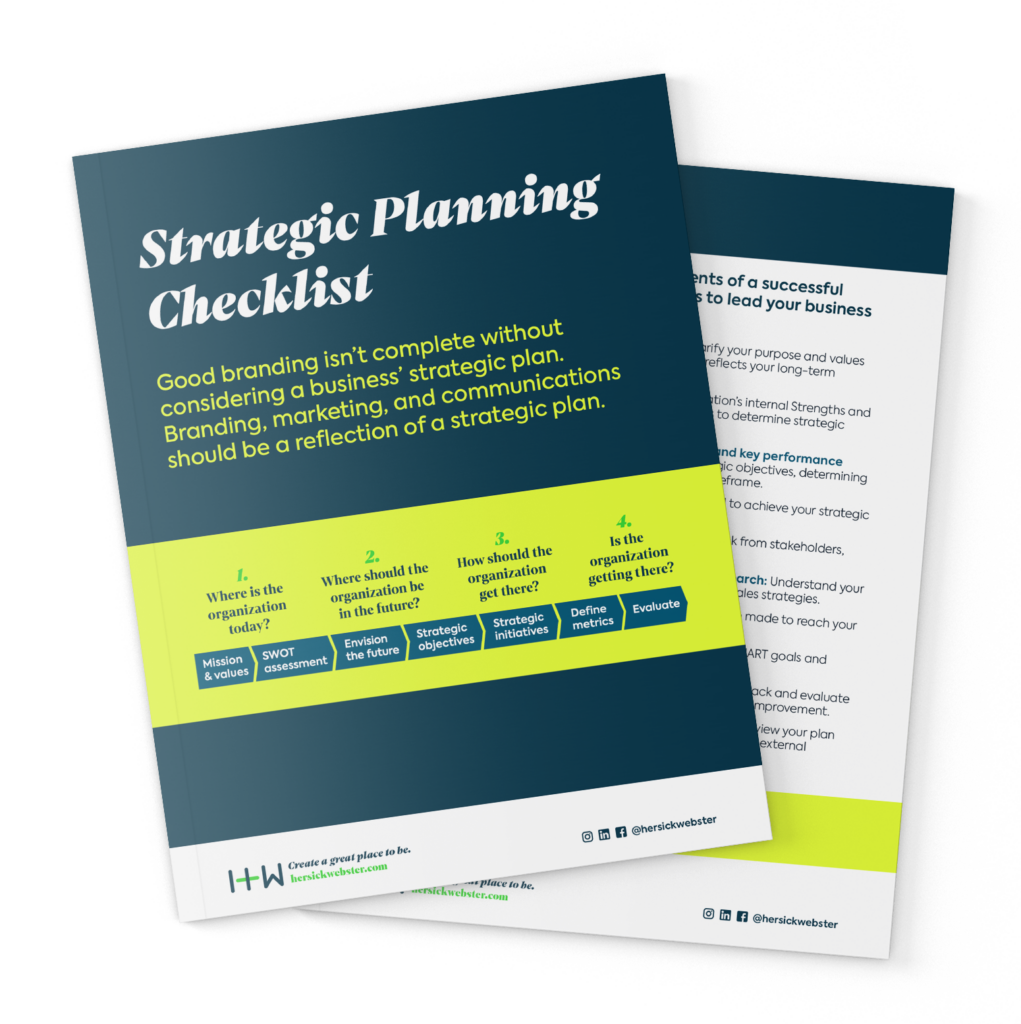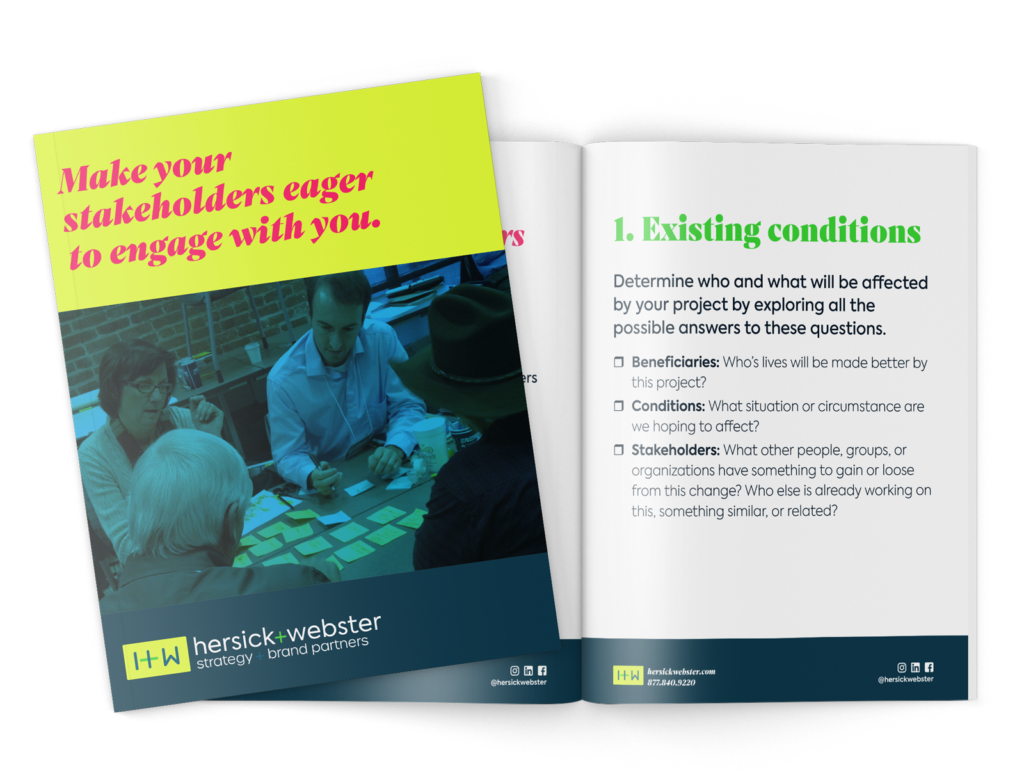What is it about some places?
My grandma rarely left her hillside in Eckhart Mines, Maryland. Until she passed in May, someone in my family had been on that hill since the 1890s! She was deeply rooted in that beautiful mountainside. It was her special place. And because of that, mine too.
I’ve walked a different path myself. Maybe the words of one of my favorite U2 songs, “I still haven’t found what I’m looking for,” is my anthem. I inherited my kind but sharp-edged sass from her, but I got a healthy dose of the adventure gene from other ancestors–Immigrants, elopers, and pioneers who crossed the Atlantic. A few of who were among the first Europeans to summit and cross the Appalachian mountains. (Don’t get me started. It’s too surreal, and we do not have time for it now.)
Maybe I’m just tuned to be see new places. So, I find it ironic how often some of these new places make me feel like I’ve come home: the awe of seeing the ocean for the very first time, the overwhelming wonder of my first skyscraper, and oddly, my eyes wide at the sight of a shopping mall for the first time (it’s where I bought Thriller and saw The Empire Strikes Back). The last decade of my career is probably a repentance as much of my time is spent helping historic downtowns reclaim the magic that malls and box stores stole.
Over the last two months, I’ve been on the road A LOT. (I’m typing this from Terminal B in BWI right now) All this travel provides many different experiences and despite my wandering nature, several places made me want to linger. This year, while meandering around Portugal’s ancient places and old cities, flowing the trails at the Bike park in Snowshoe, WV, or sitting on the porch watching the pelicans and ships move in and out of Mobile Bay, I felt the curious pull of a life spent there.
What about a place does that to us?
I’ve come to believe a good place can be any place as long as it cultivates memories we want to keep–even after the place is gone. For a place to be a great place to be, it must create internal connections for ourselves and those who are sharing the experience with us.
So … after a very long build-up, here is a “quick” take on what I believe helps make a place someplace people love to be.
Cultivating P.L.A.C.E.
P: The Power of 10
The Project for Public Spaces Power of 10 theory is a great place to start. It’s a simple but very effective way to think about creating thriving places. Essentially, the idea is that a region needs 10 great destinations, each destination needs 10 unique places, and each place needs at least 10 things to do, see, or experience.
Those things can be specific to the nature of a site or cultivated and created to enhance the reasons to be there. Historical and natural wonders, a yoga program, murals and art, live music, a bench or shady tree to read under, a playground, a path, and so on.
The point is that it does not have to be hard or expensive, just intentional. By having at least 10 different reasons to be in a place, you can attract people into the place and foster connections that create a buzz and vibrancy that can lead to more ideas and opportunities.
Here are two very different examples of the Power of 10 at work in places I loved being:
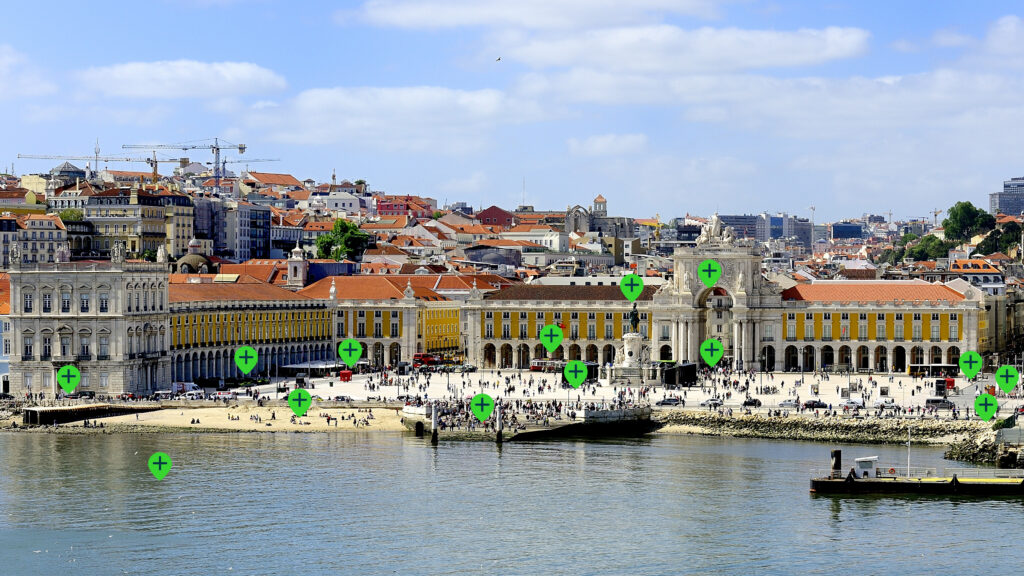
Lisbon’s Commerce Square
Way more than ten things to experience in this space, and some things change with the seasons. From left to right in this particular image:
- Riverfront bike path
- The Teju River
- Tourism & Government offices
- Beach
- Restaurant
- Riverfront promenade
- Public transit / historic trolley stops
- Event / pop-up vendors
- Public art (aka historic statue of royal stuff)
- Historic Arch
- Entry to the old city
- More restaurants
- The cod museum
- Bike rentals & boat dock.
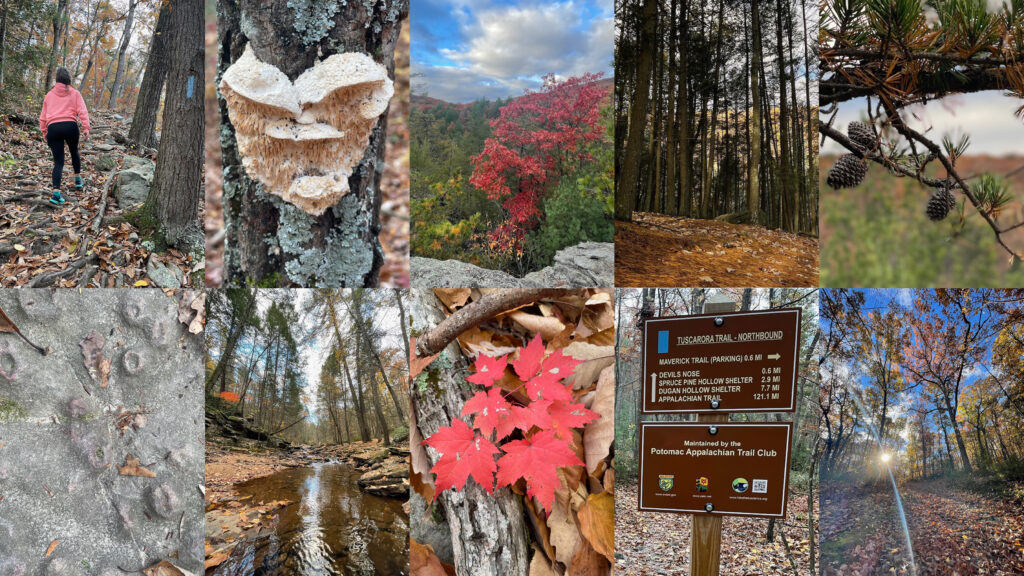
Sleepy Creek West Virginia Devil’s Nose Hike
Even the simple things can add up. Here are just 10 of the many things that caught my eye while hiking with Laurel on a local trail:
- The Tuscarora trail (aka the rugged alternate Appalachian Trail route)
- A crazy angry face fungus
- The amazing view from the Devil’s Nose vista
- Texture and scenery change in the pine grove
- Cliffside pinecones
- Fossil and weather formations
- Sleepy creek
- Fall color
- Trail crossroads wayfinding / regional organization recognition
- Magical light in the trees
Let’s practice this right now.
Think of someplace in your community. Think of somewhere you wish people felt more welcome or somewhere they already gather. Start listing the things people do in the space and experience there.
Can’t get to 10? Great! Now you can practice some placemaking.
Imagine some simple (or ginormously ambitious) ways to add to the experience. It could be as simple as a bench, a swing, a picnic table, a pollinator garden, a pop-up artist market, an interpretive center (the most sustainably-built one in the world), or maybe a sports complex. Ok – your turn. I’ll wait.of the
L: Locals
To create a vibrant and sustainable destination, never start with the tourists. Prioritizing the engagement and enjoyment of locals when activating spaces is a more effective foundation. Creating places and amenities for residents prepares these areas for potential elevation to destination marketing status–if that is what the community desires.
Without enough locals loving an asset, it won’t last. Regardless of how great your mountain bike trail network is, having a reliable group of local volunteers to help maintain and protect it is essential if it’s going to be a sustainable destination.
The same goes for your Main Street organization’s programming, boutique retail shop, or restaurant. A locally sourced burger with a story about the farmer or chef from a business ooooooozing local character is a compelling reason to exit the highway and go beyond the fast food chains along the interstate. Also pie. I love pie.
A: Assets & Attractions
These are tangible things. A museum, a park, a fountain, a mural, a food truck, a farmers market, a big tree, a quiet path … Anything can be elevated from an asset to an attraction. Make a list of all the things. Make lots of lists. Natural assets, dining assets, historic assets, arts, music, what else?
Then ask what needs to be done to make that asset an attraction worth visiting. In Lisbon, they have a street painted pink. It creates a great photo moment. After you realize it’s not much more than the picture, you realize that its real magic is that it gathered you there with people from all over the world and conveniently sends you on your way to other more engaging places nearby.
Sustainable tourism is what we preach around here. It’s an economic development model built on four important pillars to lean on when turning assets into attractions.
- Infrastructure with Intention: Defining a tangible thing that supports the creation of opportunities and solves a problem in the community–a building, a trail, a public square, a natural wonder, a park, etc… that is activated in a way that protects that asset and empowers others in the community to benefit from its development.
- Quality of Life: Does the thing created above improve the experience of the people living in the community? Does it provide programs and ways for locals to activate the space regularly? E.g., the square above hosts food trucks weekly, or a vacant building becomes the perfect place for a mural or farmers market.
- Communications and Promotion: If you build it, they may come, but probably not…unless you tell them about it and they tell others about it too. But communication goes beyond marketing and raising awareness. You get one shot at a good first impression. If you invite people in, you should do all you can to ensure they have a positive experience to share when they leave. Does the place have signage or clues that make people feel welcome and comfortable there? A well-designed trailhead or town kiosk is more beneficial than a few Instagram posts.
- Long-term Support and Thinking: This is the loving-our-National-Parks-to-death pillar. We all get excited to start projects, but often we don’t think far enough into the future to consider how we will sustain the vitality of an asset when the initial excitement fades or when our idea is too successful. What happens when the grant money ends? Who will maintain the pump track when the volunteers burnout and weeds start to grow? Who will ensure people are not overusing and damaging a place for future visitors? This is probably the hardest pillar to fully address, but it is a useful exercise. Don’t skip this part of the process.
C: Cultural Connection
Does this thing feel like it’s from this place? You can get barbeque or visit a farmers market in many places, but are there enough connections to the local people and cultural history to make it feel like this place? For example, where I’m from, George Washington apparently slept a lot of places. Each one of those places has a similar but slightly different way of integrating that history into its unique experience.
E: Experiences
This is the real measure of success. A memorable and shareable experience with a place emerges when everything mentioned above comes together. Are your assets loved and cared for in a way that elevates them to an attraction? Whether it’s a bustling town square or a quiet copse of pine trees in the middle of a national forest, have you created a compelling way for people to engage with it? Is it done in a way that makes them feel connected to the place? To the experience, they are having in it?
Is this moment you’ve cultivated something that makes them feel like somehow they belong here, maybe a sense of home, yet a distinct feeling that they are somewhere they will remember when they go home?
Fun Homework. A.K.A. Putting vacation to work.
What places have you been this summer (or others) that simply thinking about them brings a smile to you?
Summer adventure season is still in full swing. Make the most of it. When you are somewhere that is speaking to you, consider using these PLACE prompts to explore why this place is special to you.
Whether your job is making places in your community or building a business that helps to make someplace special, these cues can help you better define what’s working and what actions, offerings, and experiences can be added to elevate your place to a beloved destination.
If you need some support or guidance identifying, organizing and activating assets, we can help. We love creating places people love to be.
